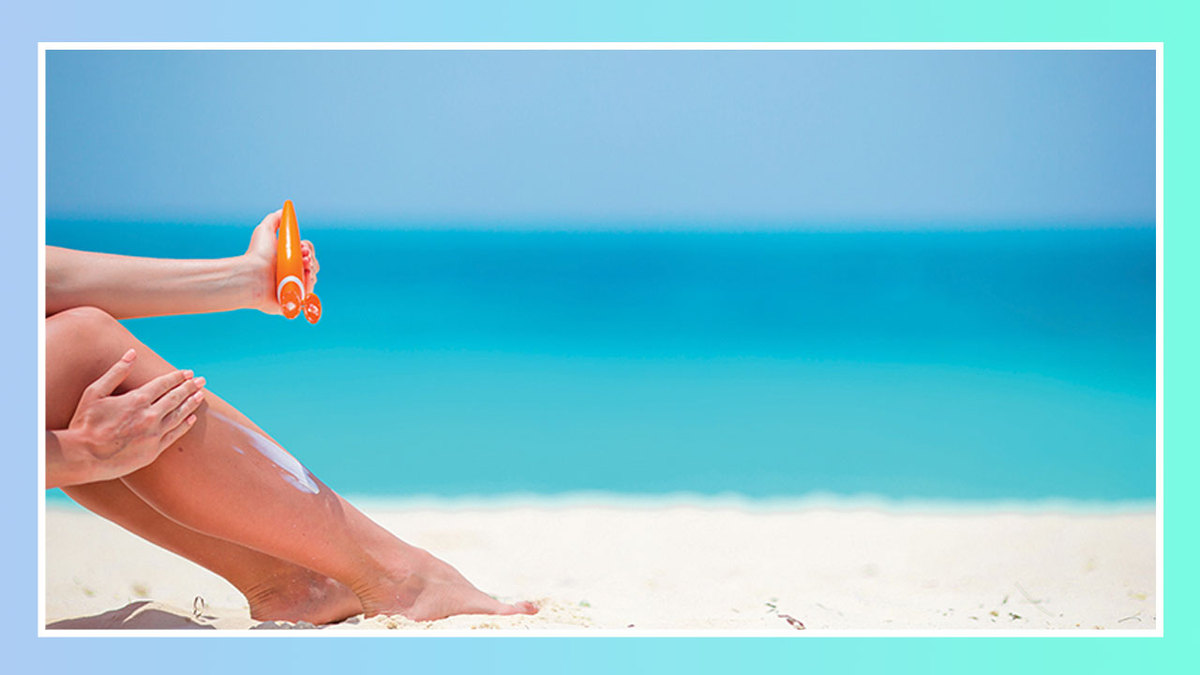
Sun protection is a daily necessity—no matter your age, skin type, or lifestyle. But does all that “SPF” and “PA+++” lingo give you a headache? Here is Calyxta’s quick sun protection decoder to keep you in the know about just what you put on your skin every day.
SUNSCREEN VS. SUNBLOCK
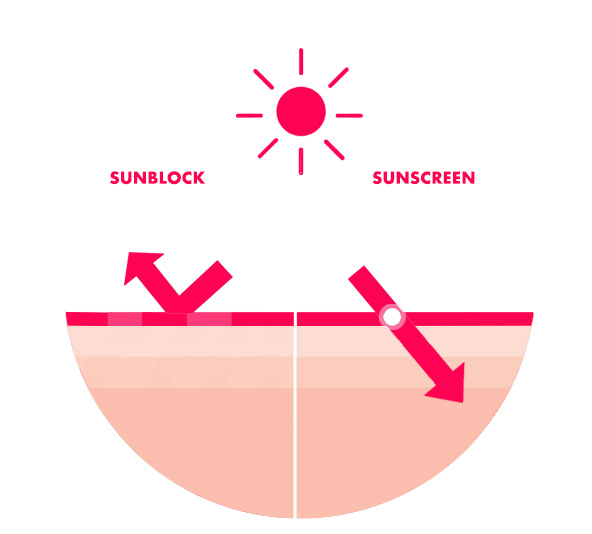
How sunscreen and sunblock protects skin from UV light is what sets them apart. Sunblock is physical sun protection that literally blocks UV light by creating a ‘shield’ on your skin, while sunscreen can be either physical or chemical sun protection that absorbs the light. Sunblock tends to leave a white-ish cast and lasts longer—compared to sunscreen which needs to be reapplied every few hours.
PHYSICAL OR CHEMICAL
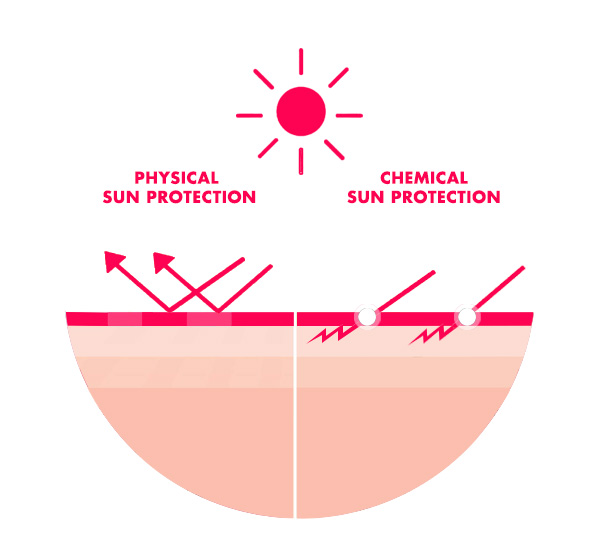
Physical sun protection contains ingredients like zinc oxide and titanium dioxide, and they work by deflecting UV light from your skin. Chemical sun protection, on the other hand, contains oxybenzone, benzophenone, and other compounds that absorb the light and stop them from penetrating your skin.
SPF
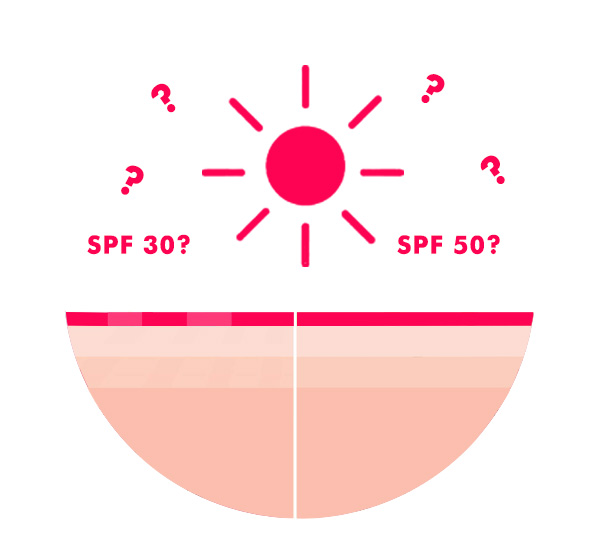
The “Sun Protection Factor” of a sunblock or sunscreen simply lets you know how much protection you’re getting and for how long. The higher the SPF, the better. An SPF of 30 is recommended by most dermatologists and can already protect you from 97% of UVB light. To find out how long you’ll be protected (in minutes), multiply the SPF with the number of minutes it takes for you to burn under the sun. Re-applying your sun protection every 2-3 hours, especially after sweating or swimming, is still best though.
UVB vs. UVA
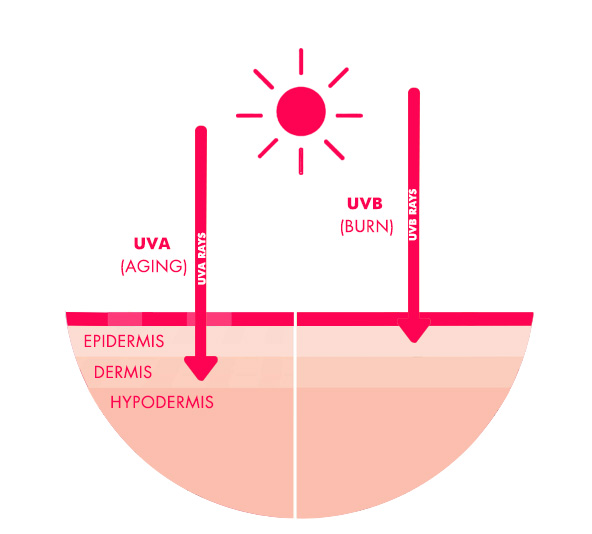
Ultraviolet B light causes that typical, reddish burn on skin and tend to damage the upper layers. They’re also strongest between 10 AM and 4 PM. Ultraviolet A light is less intense, but penetrates deeper into the skin and is a major factor in skin aging. The best way to remember this? The ‘B’ in UVB stands for ‘burn,’ and the ‘A’ in UVA stands for ‘aging.’
BROAD SPECTRUM
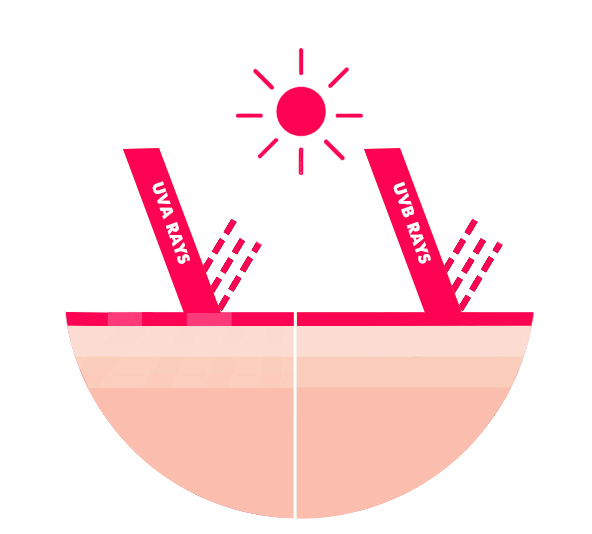
All types of sun protection temporarily protect you from UVB light, but some allow UVA light to pass through. A broad spectrum one means it protects against both, which is vital since UVA and UVB light can equally cause skin cancer and accelerate signs of aging.
PA+
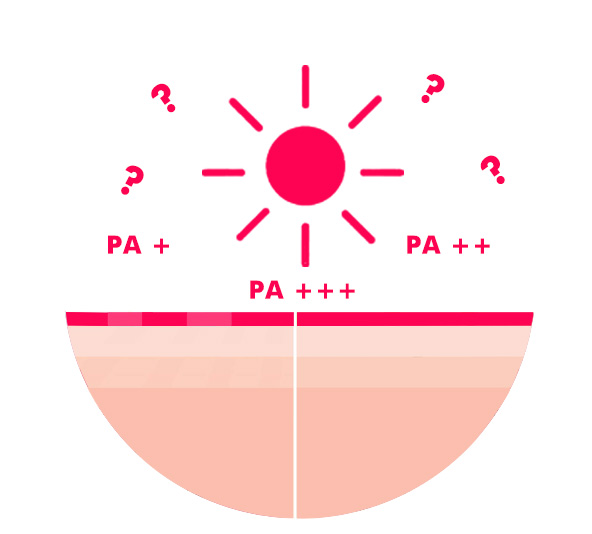
Developed in Japan, the PA rating in sun protection shows how much UVA protection the sunscreen or sunblock offers. More plus signs just means a higher grade of protection. If premature skin aging is a top concern for you, look for a sunscreen or sunblock with 3 or more plus signs.
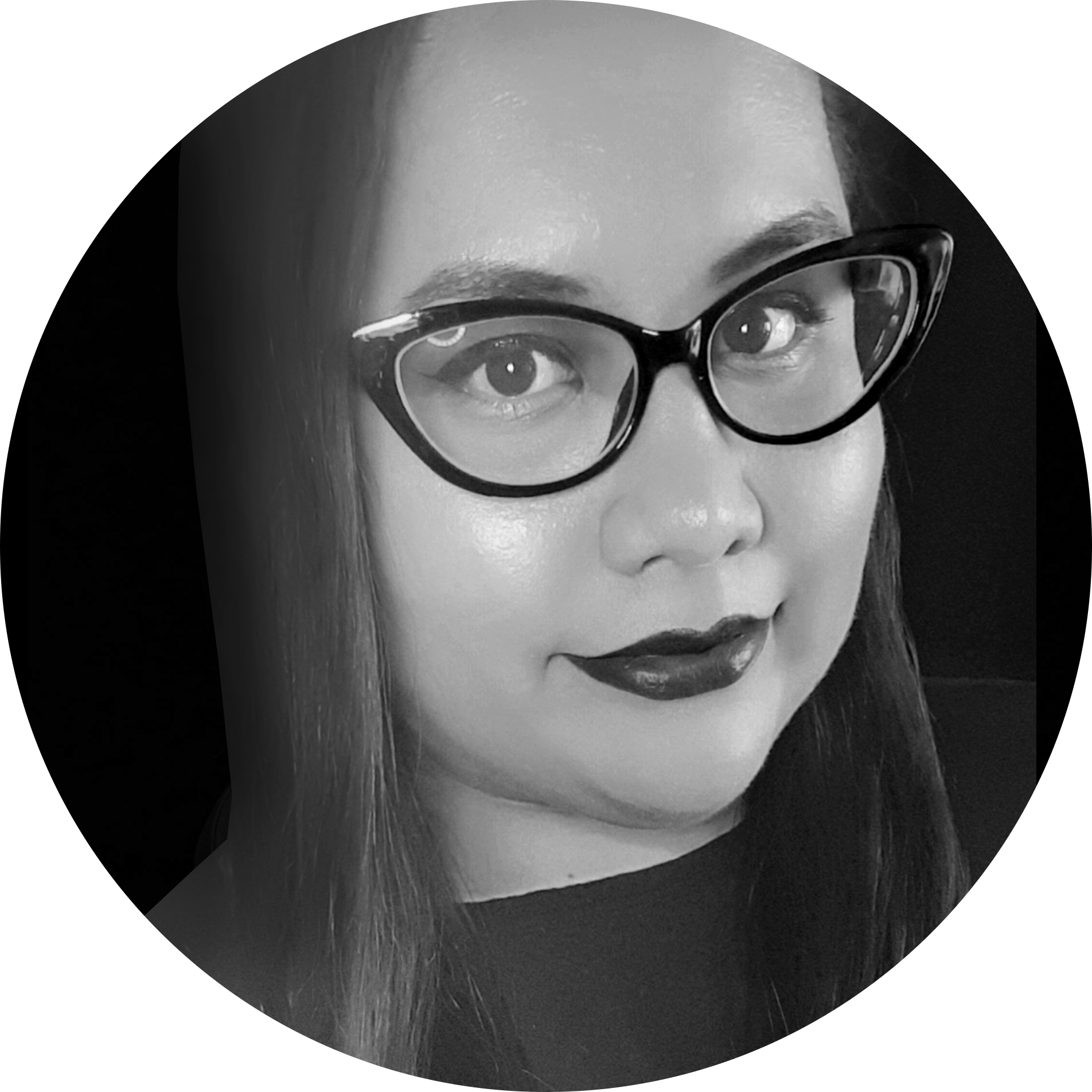
Written By:
Ari Yupangco
BEAUTY CONTRIBUTOR Ari has been blogging since 2012 about all things beauty with a sprinkle of different topics here and there. She loves makeup just as much as she loves almost anything nerdy like video games and comic books, and is big on Japanese culture
Other Products You Might Like:
-
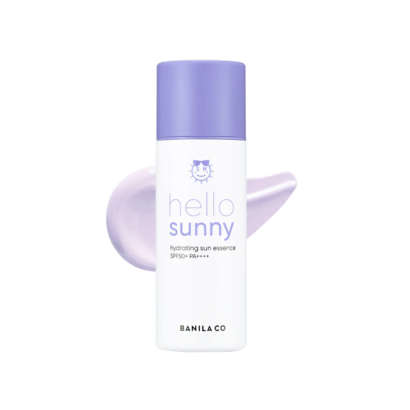
Banila Co. Hello Sunny Hydrating Sun Essence SPF50
PHP 1,150 Choose Option Quick View Brand: Banila Co -
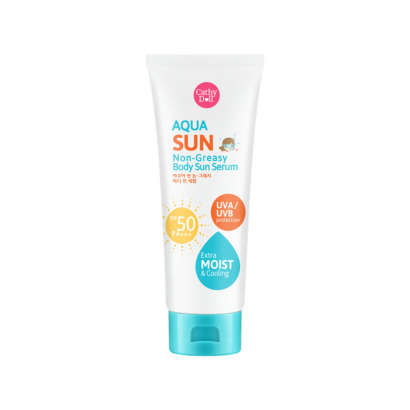
Cathy Doll Aqua Sun Non Greasy Body Sun Serum SPF50
PHP 199 Add To Cart Quick View Brand: Cathy Doll -
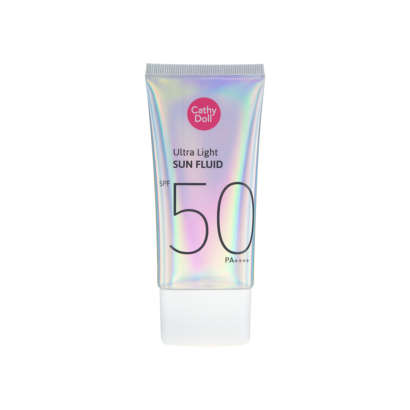
Cathy Doll Ultralight Sun Fluid SPF50 PA 40ml
PHP 499 Add To Cart Quick View Brand: Cathy Doll -
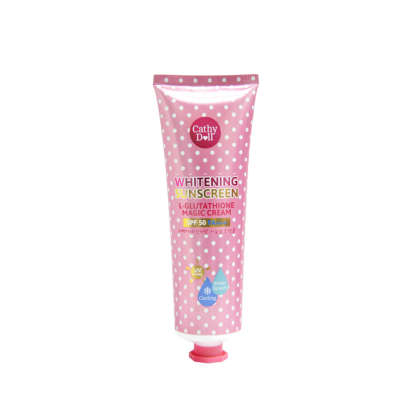
Cathy Doll Whitening Sunscreen L-Glutathione Magic Cream with SPF 50 PA+++
PHP 279 – PHP 599 Choose Option This product has multiple variants. The options may be chosen on the product page Quick View Brand: Cathy Doll



